Gaming credentials
ASUS claims the G73JH is next-gen ready thanks to the Mobility Radeon HD 5870's DX11 capabilities. Let's see how potent those capabilities are.
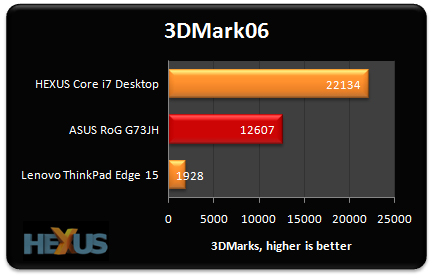
3DMark tells us there's plenty of GPU performance available, but the Mobility Radeon HD 5870 clearly isn't a match for the desktop equivalent.
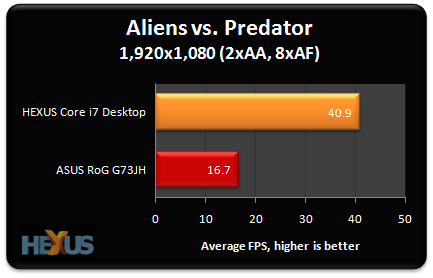
Diving into the deep end, Aliens vs. Predator utilises DX11 features such as hardware tessellation and advanced shadow sampling. At full-HD with high image quality, the Mobility Radeon HD 5870 struggles to maintain a decent framerate.
Running with 0xAA and 8xAF returned an improved average framerate of 22.8, but we had to disable hardware tessellation in order to get closer to a preferred 30fps.
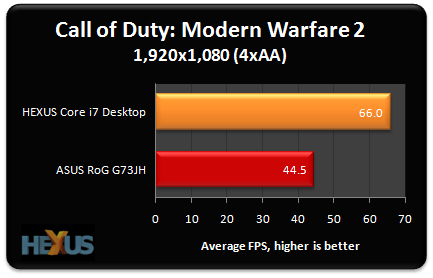
No such problems in the DX9-based Modern Warfare 2, though, where an average framerate of 44.5 proved to be silky smooth.
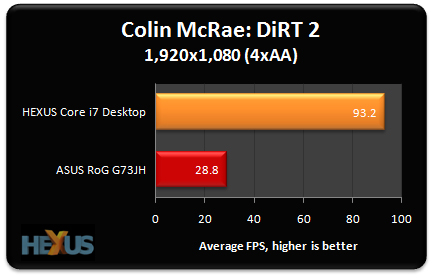
Going back to a DX11 title, DiRT 2 dips below 30fps but remained playable with high image quality at a full-HD resolution.
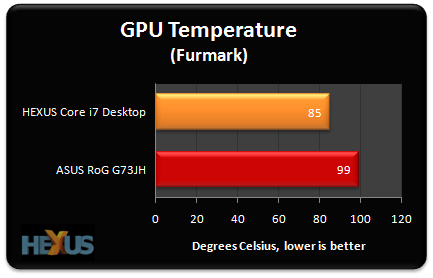
What impact does a powerful GPU have on notebook thermals? In a worse-case scenario, running the GPU-intensive Furmark for long periods can see GPU temperature rocket to 99°C.
What's impressive, though, is that despite the high levels of internal heat, the G73JH chassis remains cool as a result of ASUS's front-to-back airflow system.
Better yet, whilst gaming, we found that GPU temperature remained under 80°C. Fan noise, too, is minimal.









